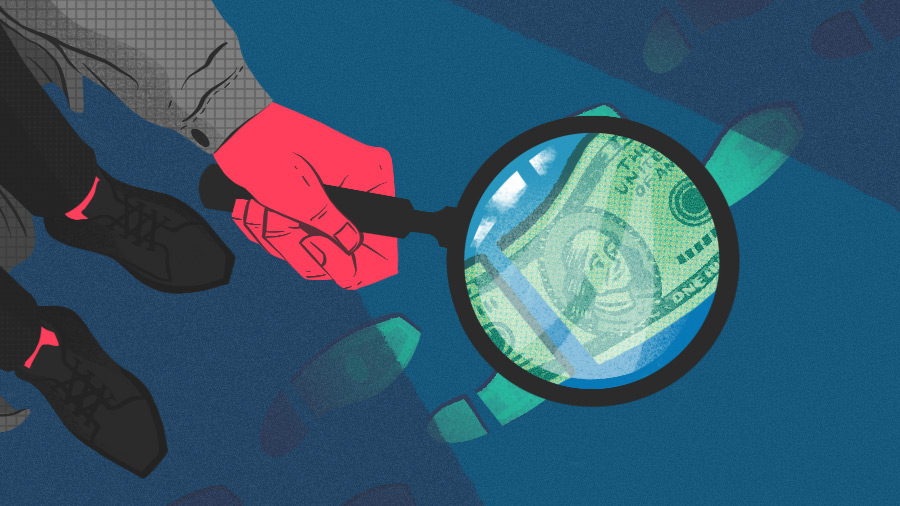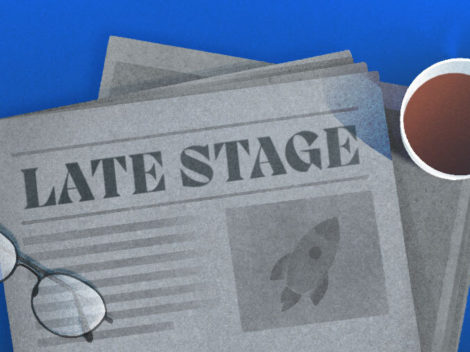When most of us think about living to a ripe old age, we envision celebrating our 90th birthday, still in good health. Maybe a few of us will even make it to centenarian status.
Subscribe to the Crunchbase Daily
For Sergey Young, such a best-case scenario sounds preposterously pessimistic. With advances in AI-enabled diagnostics, wearables, regenerative medicine, age-reversing pills, and other longevity-focused areas of innovation, a child born today can expect to live well over 100. In the much longer term, it’s within the realm of possibility that we could be looking at living to 200 years or more, said Young.
Yes, much of it is moonshot stuff. But for Young and a smallish but growing cohort of futurists, scientists, investors and extreme longevity enthusiasts, the quest to radically extend the human lifespan is, pardon the pun, a deadly serious pursuit.
As founder of the Longevity Vision Fund, a venture vehicle dedicated to breakthroughs in age-related disease, Young has made investments to date in 16 companies in areas from AI-enabled drug discovery to cancer-detecting blood tests to organ regeneration. The common thread is that each is working on advances that, if successful, could help more of us stick around in corporeal form a little longer. After raising $100 million for Fund I, Young says he is targeting $150 million to $250 million for Fund II, with initial commitments already lined up.
Crunchbase News sat down with Young earlier this week to chat about his eclectic portfolio, upcoming book, and perceptions on the likelihood of radical life extension. The following conversation is edited for length and clarity.
Q: You’re publishing a book in August: “The Science And Technology Of Growing Young.” In it, you cover a lot of material, including innovators, companies, and some tips for living longer. One of the concepts you talk a lot about is the near horizon and far horizon of longevity. I thought maybe we could start by talking about this idea.
A: I talk about the three horizons of longevity. It’s a very important framework to put everything we hear about longevity in particular buckets.
Horizon One is what we can do today to stay on the path of longevity and in good health. It’s about wearables, DIY diagnostics, diet, digital healthcare delivery, and a lot of apps. Some people call it boring stuff, but things like early cancer diagnostics completely disrupt the space of oncology. In radiology, for instance, we’re seeing diagnosis by AI and human radiologists. These are all things that are happening now.
Horizon Two is the near horizon. These are technologies that will be available in the next 5, 10, or 15 years that will not only slow down aging, but reverse the aging processes. This includes areas like gene therapy, regenerative medicine and age reversal drugs.
Then there’s the Far Horizon. This is a way for us to think about the next 25 to 50 years. I’m waiting for this with a combination of excitement and fear. This is things like complete organ replacement, machine-brain integration and the “Internet of body.”
Q: As an investor today, which horizon are you most focused on?
A: We are 70 percent focused on Near Horizon. What are the top three picks in the near horizon? As I mentioned, one is genetic and gene therapy — because soon we will be able to change our DNA makeup to influence aging. The biggest obstacles will not be science and technology, but regulation and ethics.
Another area is regenerative medicine. I’m personally fascinated by organ regeneration technologies — the ability to replace your organs, upgrade them. We have a portfolio company, LyGenesis, in this space that recently got FDA approval to start trials in patients with end-stage liver disease.
I also believe in five to 10 years we will have a new class of age-reversal drugs. This could be drugs already in use for other therapies, like metformin, the diabetes drug, and rapamycin.
Q: According to the CDC, average life expectancy for an American born today is around 78 years. But reading your book, I get the impression you think those projections are way off. How should we be readjusting our expectations?
A: I think if we look at the (CDC) newborn life expectancy figure, we should be thinking: It’s like predicting in 1921 what will happen in the world in 2021. I’m pretty sure we can add 10 to 20 years to that predicted lifespan if we’re mindful of preventative medicine and a healthy lifestyle. And if you do that, 100 years is pretty much guaranteed to anyone below the age of 20.
Q: Not only are we innovating a lot around longevity, the pace of innovation is accelerating too. How do you envision healthcare providers and consumers adapting as breakthroughs happen at a faster pace?
That’s a huge problem that we need to address. It’s widely cited that it takes an average of 17 years for research evidence to reach clinical practice. So we need new disruptive technologies to disrupt the current systems or develop a parallel system.
Think about phones. Thirty years ago, a very basic cell cost thousands. Right now, you can buy a working smartphone for as low as $9. That’s exactly what will happen in healthcare. It will be more valuable, more direct-to-consumer, more data driven, and more efficient. In 10 years, I expect the largest healthcare players will be Google, Microsoft, Amazon and Apple. Because they have the data.
Illustration: Dom Guzman

Stay up to date with recent funding rounds, acquisitions, and more with the Crunchbase Daily.






![Illustration of 50+ woman on smartphone. [Dom Guzman]](https://news.crunchbase.com/wp-content/uploads/2021/01/Femtech_-300x168.jpg)
![Illustration of pandemic pet pampering. [Dom Guzman]](https://news.crunchbase.com/wp-content/uploads/2021/03/Pets-2-300x168.jpg)
67.1K Followers